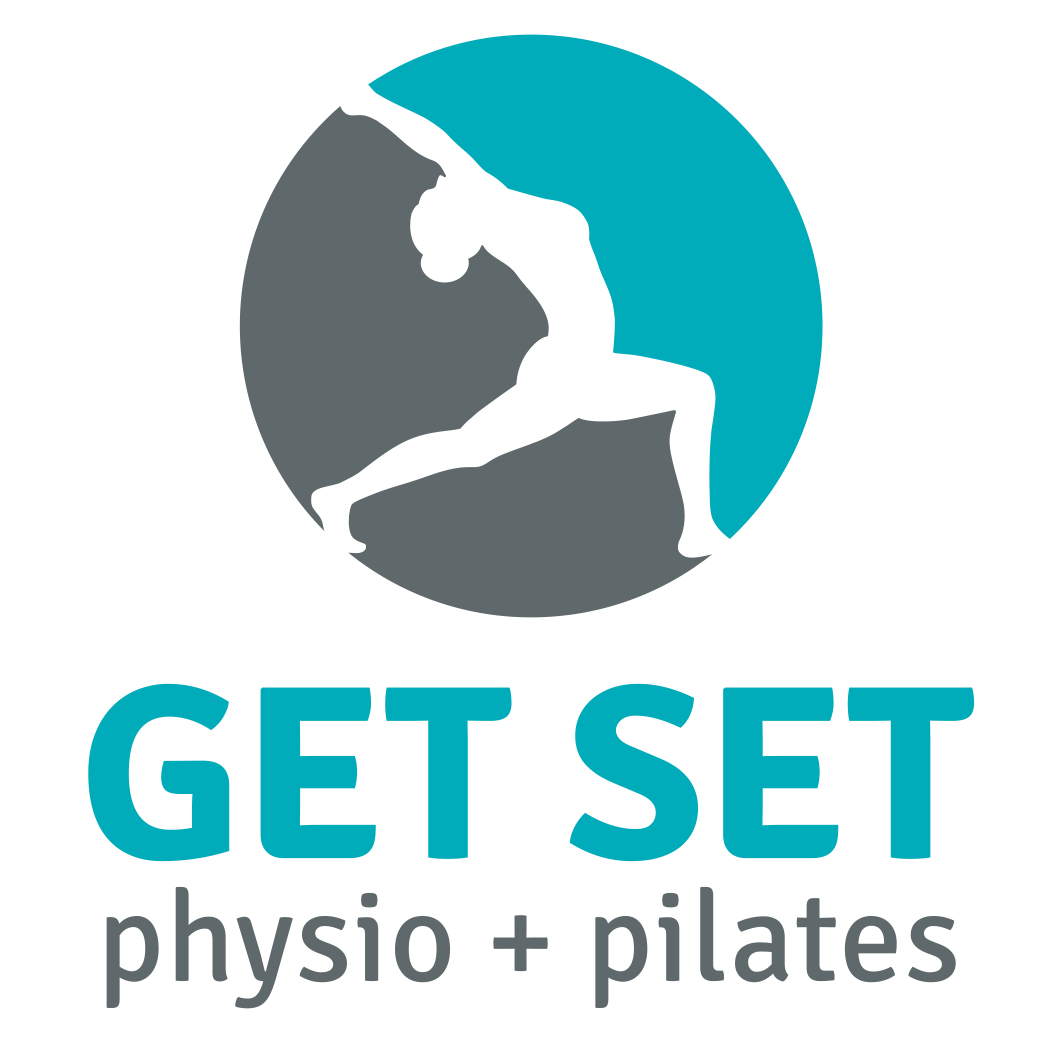Did you know that in 2010, the World Health Organisation (W.H.O.) released general guidelines in regards to the amount of physical activity adults and children should aim for on a weekly basis?
Back in 2010, physical inactivity was identified as the fourth leading risk factor for global mortality - behind high blood pressure, tobacco use, and high blood glucose.
Unfortunately, 10 years down the line 1 in 4 adults aged 18-64 years old (27.5%) and 4 in 5 adolescents aged 5-17 years old (81%) still do not meet the recommendations for aerobic exercises.
Why should we meet these guidelines?
Increased physical activity levels in children and adolescents are correlated with improvements to physical, mental and cognitive health outcomes. Meaning to say, if kids are more active and less sedentary they tend to have more focus and attention towards tasks at school, improved working memory, greater ability to be able to participate in community team and individual sports, and less mental heath issues.
The more physically active adults (18-65 years old) are, the less likely they are to be diagnosed with cardiovascular disease (CVD), cancer, and diabetes, which are other leading causes of global mortality.
For those over the age of 65, engaging in different types of physical activity helps improve a wide range of physical function elements. Those who are more physically active and engage in balance exercises regularly have less risk of falls and fall-related injuries such as fractured hips, ribs, and wrists, which are a leading factor for mortality in the senior population. Further to this, resistance based exercises have significant effects in the prevention of osteoporosis and improvements to bone health.
What are the recommendations?
Adolescents (ages 5-17)
An average of 60 minutes moderate-to-vigorous physical activity daily, and potential further health benefits for those that achieve greater than this amount.
Adults (ages 18-65)
All adults should regularly engage in physical activity, and even small amounts of activity are better than none at all. The guidelines suggest to aim for around 150-300 minutes of moderate intensity activi or 75-150 minutes of vigorous intensity activity (or a combination of both).
In addition to aerobic activities (walking, running, cycling, swimming, etc.) it is also recommended that adults regularly engage in muscle-strengthening exercises on two or more days each week.
Older Adults (aged 65 and above)
In order to reduce the risk of falls, falls related injuries and enhance bone strength, it is important that older adults participate in a variety of physical activities at a moderate or greater intensity on three or more days per week - a combination of multiple types of movements and exercises are beneficial as this carries over into overall improved physical functioning.
Other recommendations
Pregnant and postpartum women.
There is a lot of worry around exercising during pregnancy - perhaps this would require a whole post on it’s own! - however there are many benefits to be had by maintaining fitness during pregnancy.
For the mothers, decreased gestational weight gain, along with a decreased risk of gestational diabetes are some such benefits. There is also some significant evidence to suggest a reduced risk of premature birth if engaging in vigorous intensity exercise while pregnant. This suggests that the benefits of participating in physical activity during pregnancy has benefits for both the mother and child.
This is the case for both aerobic and muscle-strengthening exercises during pregnancy.
Chronic conditions
Cancer, hypertension, type two diabetes and HIV are some chronic conditions that physical activity can be beneficial for. Improvements are seen in outcomes such as decreased blood pressure, decreased risk of progression of heart disease, along with lower risks of mortality post cancer diagnosis.
As long as there are no contraindications, physical activity is considered safe for adults with the above conditions, and the benefits far outweigh the risks. In regards to mental health conditions, regular exercises is associated with decreased symptoms of anxiety and depression.
When we take into account all the potential benefits of higher levels of physical activity, it can be hard to understand why these guidelines are not being met by a larger number of the population.
The hardest thing can be knowing where to start, as there are so many different ways to exercise it can almost be overwhelming.
Our advice
Find something you enjoy doing, and do it often. This is more likely to result in better adherence and a long term plan. If you don’t enjoy a particular activity, you don’t have to do it.
Remember, that some activity is better than none at all. Start at a level that you feel you are able to maintain and gradually increase as you feel you are able to.
If you need help coming up with a plan in order to get you on the road to better health, you know where we are.
For more information you can view the full 2020 guidelines here
References
World Health Organization, Global recommendations on physical activity for health.Geneva:World Health Organization,2010.
Guthold R, Stevens GA, Riley LM, et al. Worldwide trends in insufficient physical activity from 2001 to 2016: a pooled analysis of 358 population-based surveys with 1·9 million participants.Lancet Glob Health2018;6:e1077–86. doi:10.1016/S2214-109X(18)30357-7 pmid:http://www.ncbi.nlm.nih.gov/pubmed/30193830
Milton K, Varela AR, Strain T, et al. A review of global surveillance on the muscle strengthening and balance elements of physical activity recommendations.J Frailty Sarcopenia Falls2018;3:114–24. doi:10.22540/JFSF-03-114 pmid:http://www.ncbi.nlm.nih.gov/pubmed/32300699




